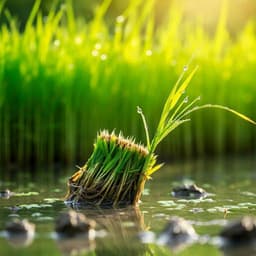
Biology
Resource sharing is sufficient for the emergence of division of labour
J. J. Kreider, T. Janzen, et al.
This groundbreaking research by Jan J. Kreider, Thijs Janzen, Abel Bernadou, Daniel Elsner, Boris H. Kramer, and Franz J. Weissing reveals how resource sharing among identical individuals can spontaneously lead to division of labour. Discover how task specialization emerges through the disruption of traditional foraging patterns, and how nutritional differences reinforce this fascinating phenomenon in biological systems.
~3 min • Beginner • English
Related Publications
Explore these studies to deepen your understanding of the subject.







